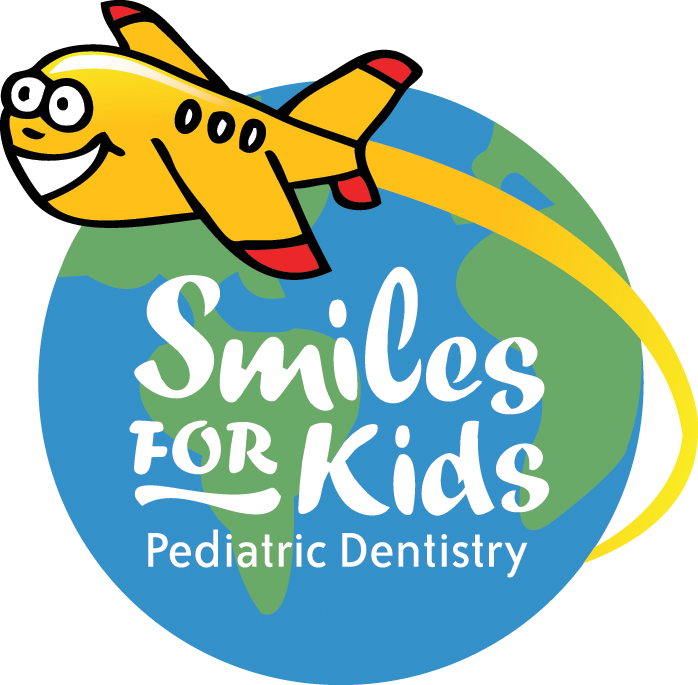Fun and Effective Brushing with Sonicare For Kids
/Sonicare For Kids is Philips Electronics’ answer to consumers’ growing demand for kid-friendly and effective electric toothbrushes. Being included in the Sonicare line of power toothbrushes, you can expect the same technology that Philips used to impressed both dental professionals and ordinary users. Beyond that, your kids will thank you for the exciting brushing experience brought about by using Sonicare For Kids.
Before you purchase a Sonicare toothbrush, though, it is reasonable to understand first why you should pick it over tons of toothbrushes available in the market.
How Sonicare Works
Manual and electric toothbrushes work using the same principle – dental plaque is removed through the bristles’ scrubbing action against the user’s teeth surface. However, Sonicare gets ahead of the competition by providing a second level of cleaning. This is made possible by its intense vibratory motion that renders energy to the teeth’s surrounding fluids such as saliva. The fluids, agitated by Sonicare’s powerful motion, can dislodge plaques even on areas not touched by the bristles.
Sonicare toothbrushes stand out among the rest because of its ability to create about 30,000 to 40,000 brush strokes in a minute. Typical electric toothbrushes pale in comparison as most brands and models do not even reach 10,000 strokes per minute. Such exceptional speed makes Sonicare a brand impossible to beat.
Features of Sonicare For Kids
Children who are four years old and above can use Sonicare For Kids. The package comes with two toothbrush heads. One is for younger kids aged 4-6 while the other is for older ones aged 7 and up. The unit also has two power modes; choose low mode for kids who use the smaller toothbrush head and the high mode for those using the bigger one.
The toothbrush has a built-in timer to encourage children to brush for a suggested time of two minutes. The timer slowly increases to two minutes over a span of ninety days. There is also a chime that signals the user that it’s time to move the toothbrush to another area inside the mouth. A longer chime plays when the user reaches the last section then the toothbrush turns off automatically. These sounds will definitely make brushing more interesting and fun.
And whether you are going to assist your kids during brushing or they are going to do it on their own, Sonicare For Kids’ handle is designed with various gripping locations to make independent or shared brushing a breeze.
Value for Money
Although Sonicare For Kids is more expensive than most toothbrushes out there, manual and electric alike, it can be more economical in the long run. After all, regular and effective brushing can remove plaque that can cause tooth decay. And healthy teeth and gums, of course, equate to less dental expenses. Many parents would even agree that if their kids would be encouraged to brush their teeth regularly, then the product is well worth it.
Sonicare For Kids assist parents and kids in making a successful transition from assisted brushing to independent brushing. Kids who use Sonicare are reportedly more excited during brushing time. Although some kids may find the vibrating motion uncomfortable at first, they will get used to it in time.
